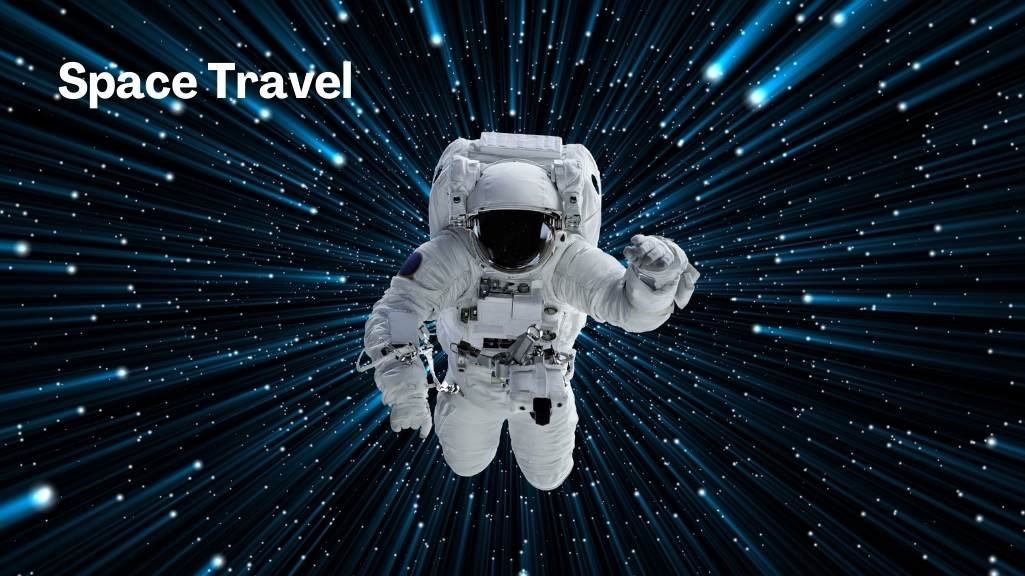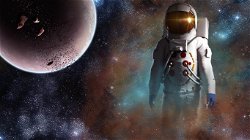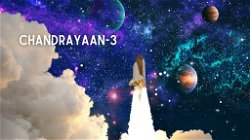The Space Race and Beyond: Recommended Books for Space Travel Enthusiasts
Devin Barton
. 3 min read
The Space Race encapsulates both the best and the worst of aspects of U.S. history. On the one hand, there is humanity’s drive to learn and explore. All space programs have no choice but to celebrate the wonders of mathematics, physics, and engineering. (To put this into ’80s film terms: no matter how jock-ish an image an astronaut wants to put forth, it’s still nerds who get us into space.) Space exploration doesn’t just raise the possibility that humanity will find new homes across the galaxy, but it also leaves technological innovation in its wake. In order to facilitate communication and collaboration between astronauts, scientists, and mission control, video chat capabilities have been developed and refined.

Top Books about Space Travel: Exploring While Reading
1. Carrying the Fire
In July 1969, Neil Armstrong, Buzz Aldrin and Michael Collins piloted the Apollo 11 spacecraft to the moon. Fifty years later, it is still one of the greatest achievements in human history.
In this remarkable memoir, Michael Collins conveys, in a very personal way, the drama, beauty, and humor of that adventure. He also traces his development from his first flight experiences in the air force, through his days as a test pilot, to his involvement in Project Gemini and his first spaceflight on Gemini 10. He presents an evocative picture of the famous Apollo 11 spacewalk, detailing the joys of flight and a new perspective on time, light, and movement from someone who has seen the fragile Earth from the other side of the moon.
2. If the Sun Dies: By Oriana Fallaci Release Date: Oct. 24, 1966
This book is Florentine reporter's personal odyssey into space, a dialogue between the past and the present, a beautiful moving pattern of talk, reverie and fact. Oriana Fallaci came to the U.S. in 1964, "sponsored by herself," to explore the space program. She came questioning the worth of such a technological future, appalled by plastic flowers and leveled palm trees, wondering what kind of heroes the astronauts were, struggling with memories of, the war as she interviewed Von Braun.
She dreams up a scheme for stealing the moon, which is, after all, made of green cheese, and forms an enterprise for setting up hot dog shops up there, on Mars, on.... Wherever she goes to talk with people, to describe what she sees, she takes herself and her humor, her insight. Her blatant honesty informs and illuminates.
3. How Apollo Flew to the Moon by W David Woods?
"This exceptional book describes the manner in which manned spaceships will fly to the Moon (and return!) for most likely decades to come." (David R. Scott, Commander, Apollo 15)
Over forty years has elapsed since the Apollo programme achieved its goal of landing a man on the Moon and returning him safely to Earth, yet it remains the only instance of human lunar exploration. To explain how it was achieved, How Apollo Flew to the Moon weaves technical descriptions of the missions into a narrative which follows a composite flight from launch to splashdown. It is a strong all-round guide to the flights and will appeal to anyone who is interested in the subject at any level.
4. Packing for Mars by Mary Roach
Space is a world devoid of the things we need to live and thrive: air, gravity, hot showers, fresh produce, privacy, beer. How much can a person give up? How much weirdness can they take? What happens to you when you can't walk for a year? What happens if you vomit in your helmet during a space walk? Is it possible for the human body to survive a bailout at 4,000 miles per hour? To answer these questions, space agencies set up all manner of quizzical and startlingly bizarre space simulations -- making it possible to preview space without ever leaving Earth.
5. Laika Paperback – 7 September 2007
Laika was the abandoned puppy destined to become Earth's first space traveler. Along with Laika, there is Korolev, once a political prisoner, now a driven engineer at the top of the Soviet space program, and Yelena, the lab technician responsible for Laika's health and life.
Nick Abadzis masterfully blends fiction and fact in the intertwined stories of three compelling lives. Along with Laika, there is Korolev, once a political prisoner, now a driven engineer at the top of the Soviet space program, and Yelena, the lab technician responsible for Laika's health and life. This intense triangle is rendered with the pitch-perfect emotionality of classics like Because of Winn Dixie, Shiloh, and Old Yeller. Laika is the winner of the 2008 Eisner Award for Best Publication for Teens and an Eisner Award nominee for Best Reality-Based Work.
Conclusion
In conclusion, the Space Race is a reflection of both the positive and negative aspects of American history. On the positive side, it represents humanity's drive to explore and learn about the universe, which has led to incredible technological innovations. On the negative side, it was driven by Cold War tensions and competition between superpowers, resulting in a heavy financial cost and potential environmental impact. The books listed above provide a glimpse into the history of space travel, from personal memoirs to technical descriptions and fictionalized accounts. They offer a chance to explore and learn about the triumphs and challenges of space exploration, and the human stories behind them.
More Stories from
Journey Through the Solar System: Formation, Celestial Objects, and Exploration
This article provides an overview of the solar system, its formation, and the celestial objects that make it up.
SpaceX's Epic Starship Duo: Super Heavy Booster & Starship
This article provides an overview of SpaceX's Starship rocket, including its components, capabilities, advantages, potential challenges.
Exploring the Final Frontier: A Glimpse into the World of Space Research
From probing distant galaxies with space telescopes to charting the potential for human life on other planets, this article provides a glimpse into the evolving field of space research.
Connected Cosmos: Embracing the Future of Space Exploration with Video Chat
Discover the potential for human colonization of other planets, breakthrough propulsion systems, and the expansion of our knowledge of the universe through space-based astronomy.
Chandrayaan-3: India's Ambitious Lunar Mission for Scientific Exploration
Chandrayaan-3, India's third lunar mission led by ISRO, aims to overcome past challenges and demonstrate soft landing capabilities on the Moon.

.jpg?width=250&aspect_ratio=16:9)






.png?width=40&aspect_ratio=1:1)


